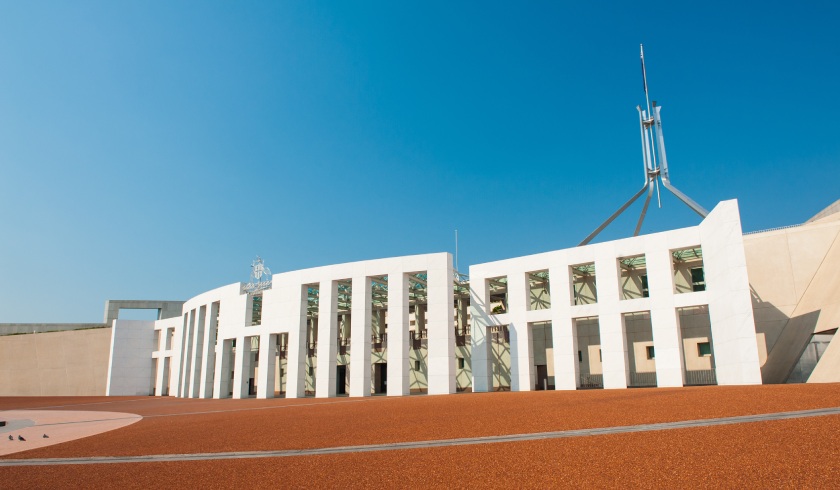The 2022 federal election: What to expect for housing affordability
Unless a structural change to the Australian economy takes effect, greater housing affordability is not likely to happen, even with a change of government, property experts have revealed.

Pete Wargent, co-founder of BuyersBuyers, was referring to a reduction in population concentration in major capital cities like Sydney, Melbourne, and Brisbane as the specific measure that could significantly improve housing affordability over the medium and longer term.
The Australian Labor Party (ALP) did have several proposals to improve home affordability, such as policy reforms on negative gearing and capital gains tax prior to the 2019 elections, but Mr Wargent believes that “measures taken to cool housing demand could make a marginal difference to affordability over time”.
On the other hand, if the Liberal-National Coalition is re-elected, Mr Wargent opined there would still be no big changes to affordability.
Comparing the proposals of the two parties, Mr Wargent looked back at ALP’s policy recommendations, including levying a tax on vacant properties and establishing an affordable land registry.
The ALP has also proposed the creation of “a $10 billion Housing Australia Future Fund to build low-cost houses and affordable dwellings for frontline workers, which would deliver 20,000 social houses over the first five years,” said Mr Wargent.
While these policies do have some impact on affordability, most especially for key workers, Mr Wargent has reiterated his stand that, in general, policies targeting demand, rather than steps to increase new supply, tend to have a greater influence on affordability.
The BuyersBuyers co-founder zeroed in on the United Kingdom’s policy for landlords, which, he said, could be worth replicating by the ALP to finance a housing fund:
“As we’ve seen in the United Kingdom, finance cost relief for individual landlords could still be restricted, though it’s worth noting that this hasn’t stopped housing prices from rising in the UK since the implementation of the legislation in 2017.”
Moving over to the Coalition’s housing affordability measures, BuyersBuyers chief executive Doron Peleg highlighted the First Home Loan Deposit Scheme and the HomeBuilder package as the centrepiece of the incumbent government’s housing policies.
Mr Peleg has lauded the success of these programs in achieving their goals which, he specifically noted, the “first homebuyer commitments have run as high as we’ve seen since the Rudd first homebuyer stimulus through the financial crisis, and the next census appears fairly likely to record a surprise increase in the rate of homeownership”.
He also recognized the HomeBuilder’s success in keeping the construction industry afloat during the worst of the epidemic, with over 229,000 houses approved in the year to November 2021 – a historically high number – and detached house development surging.
However, the question that begs to be asked is, “are these policy reforms enough to effect medium to long-term change to housing affordability?”
To answer this question, Mr Peleg has identified two housing market challenges that influence affordability: job creation outside the major capital cities and lack of family-suitable housing near major employment hubs.
Remote work arrangements during the pandemic may have seen an uptick in demand for lifestyle properties in the regions, but according to Mr Peleg, it has not reached the massive demand recorded during the mining boom in the “resources states”.
Lack of high-paying jobs outside the major capitals of Sydney, Melbourne, and Brisbane will unlikely motivate a big chunk of the population to migrate interstate.
“With no large-scale innovation programs that will create hundreds of thousands of high-paying jobs in areas outside the major capital cities, a population shift on a large scale is unlikely. The demand for well-located housing in Sydney, Melbourne and Brisbane will therefore remain high,” said Mr Peleg.
Another challenge to affordability identified by Mr Peleg is the lack of family-friendly housing near major employment hubs.
Mr Peleg lamented that the “missing middle” issue and insufficient supply of medium-density townhouse developments in middle ring suburbs is an indicator of the “lack of integrated planning and coordination between the federal, state, and local governments to solve this puzzle”.
“This issue is also unlikely to be resolved in the near future,” he opined. “When we add to that Australia’s migration policy that will impact the demand for properties in the major employment hubs, then the issue is here to stay.”
Bottom line, both Mr Peleg and Mr Wargent concurred that even if the federal election in 2022 results in a change of administration, housing affordability will not improve significantly in the medium or long run.
“Homebuyers and investors will likely continue to purchase family-suitable properties in areas with good proximity to the major employment hubs,” Mr Peleg concluded.

